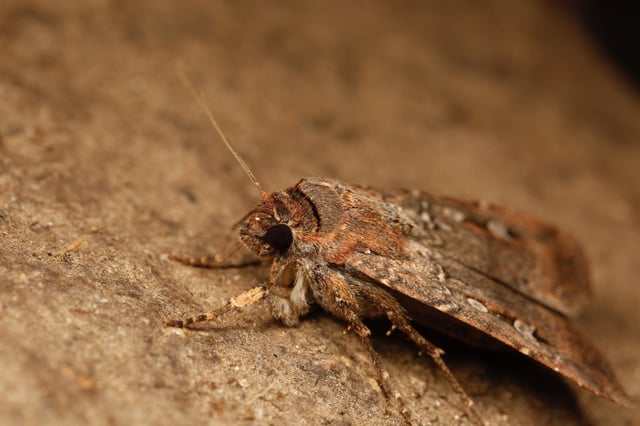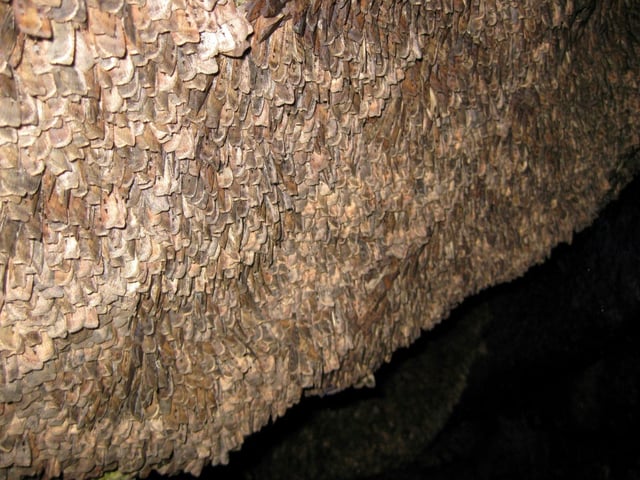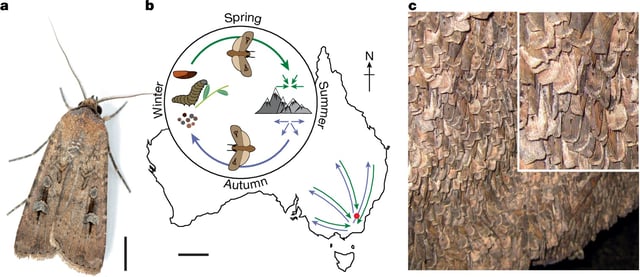Overview
- Bogong moths migrate up to 1,000 kilometers from southeastern Australia to the Australian Alps each spring and return in autumn.
- Isolated trials showed moths navigated correctly using only celestial cues or only magnetic input, but projections of scrambled star patterns caused complete disorientation.
- Neural recordings revealed specialized neurons in navigation-related brain regions that fire in response to shifts in star patterns, providing first neurological evidence of celestial navigation in an insect.
- The Nature paper marks the first confirmed instance of an invertebrate using stars for directed long-distance migration.
- With Bogong moth populations listed as vulnerable, researchers say protecting migratory pathways and preserving dark night skies may be crucial for their conservation.



